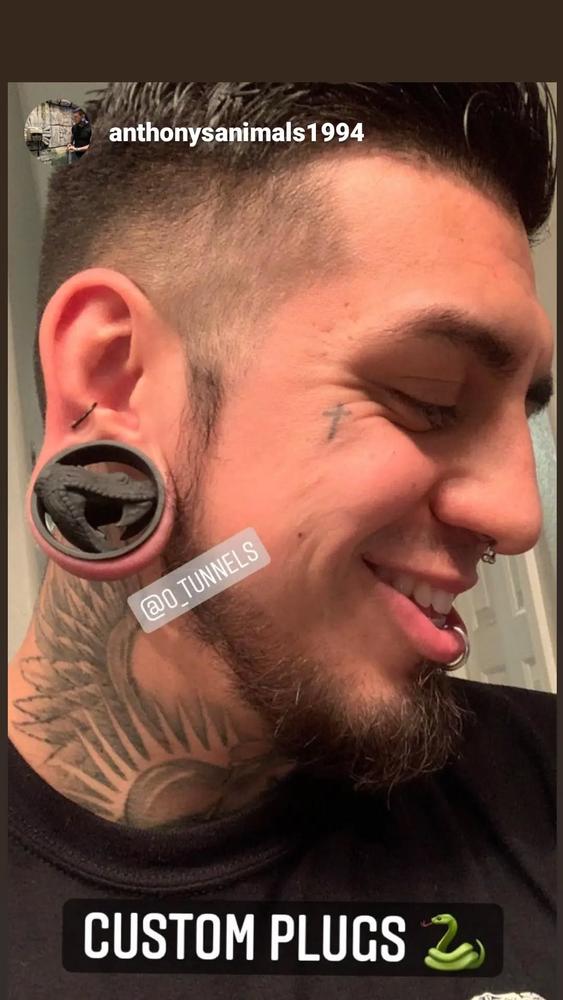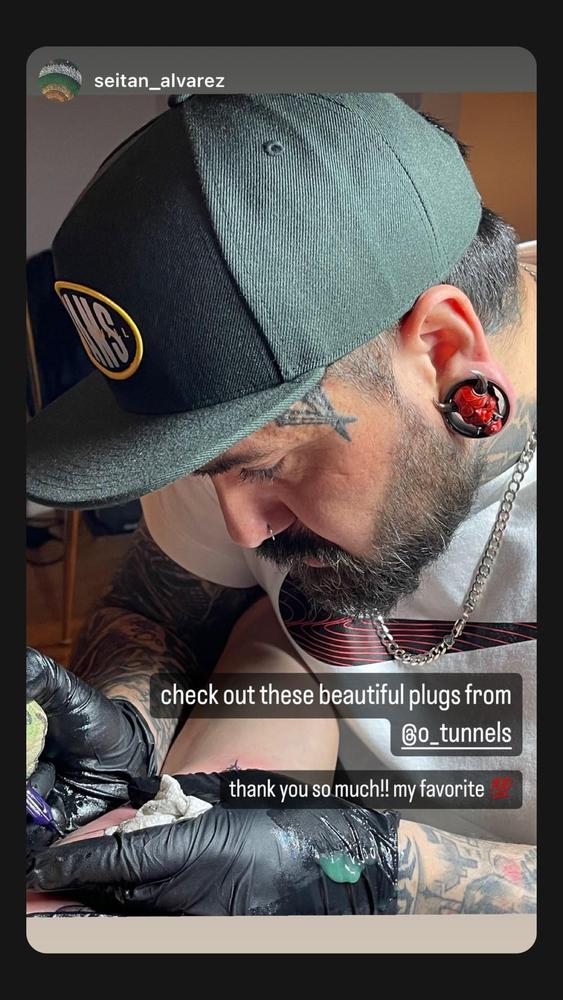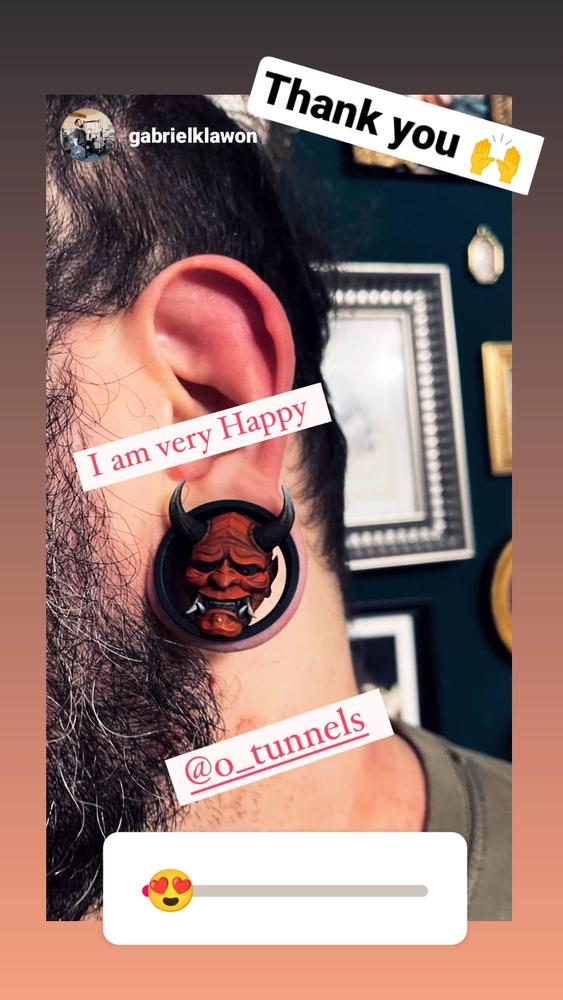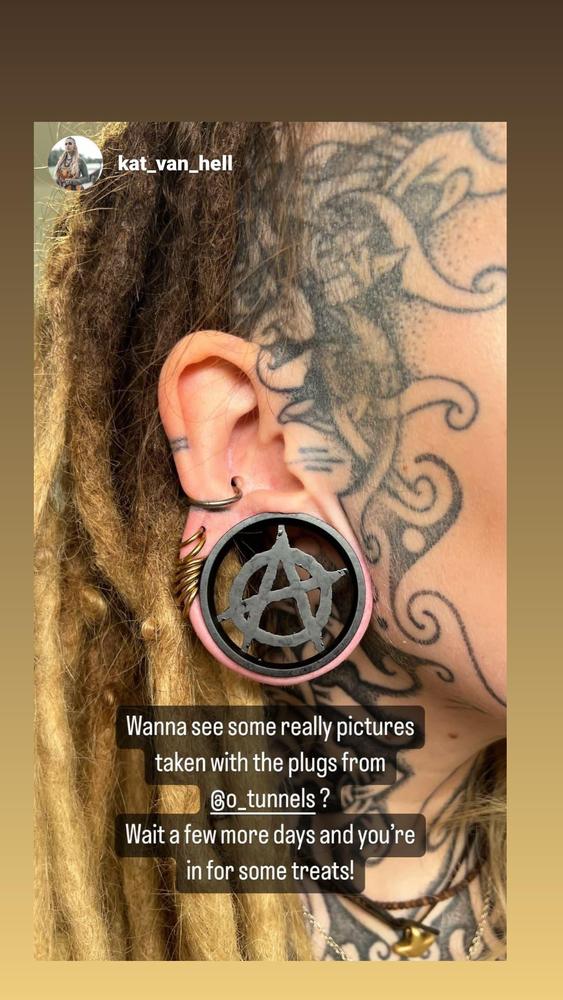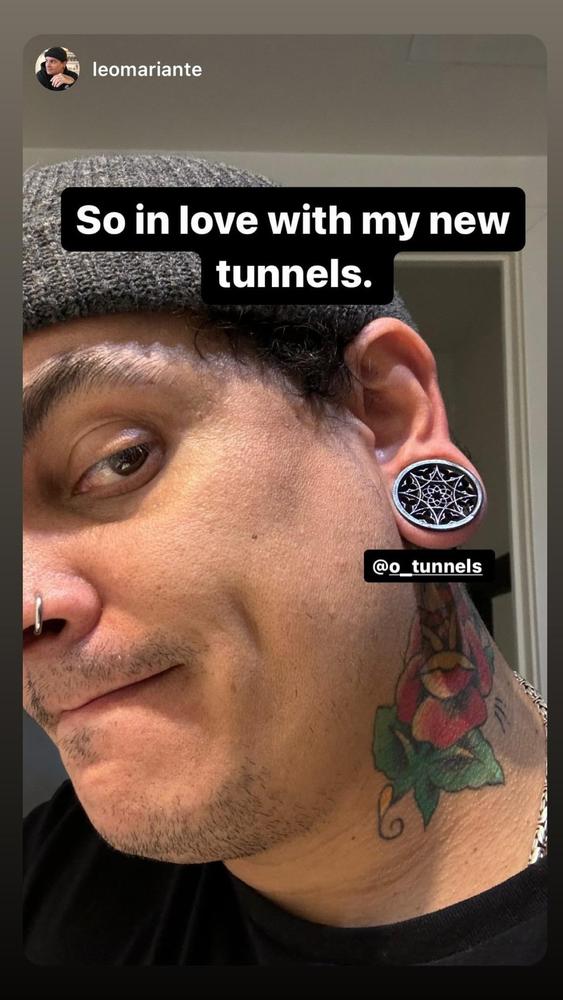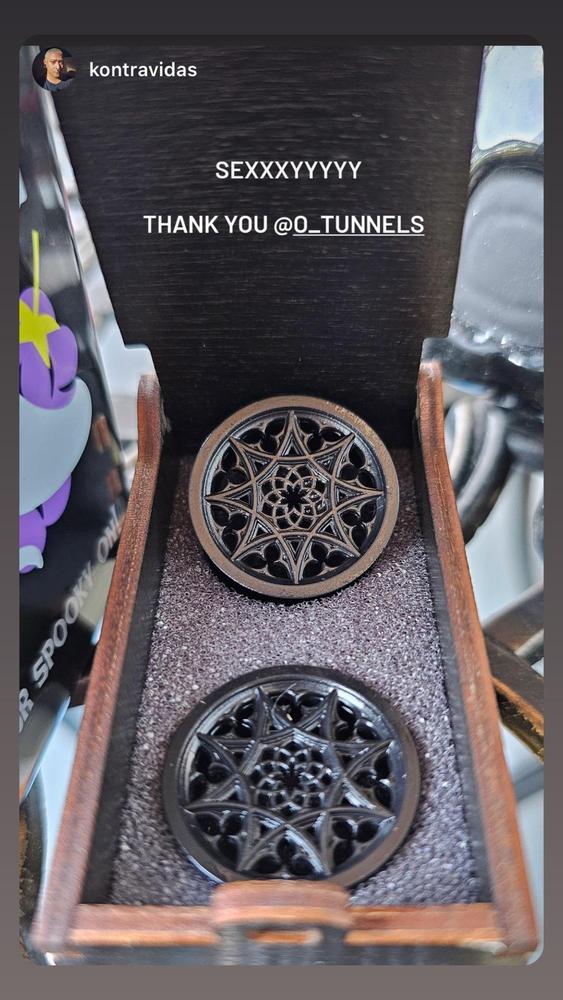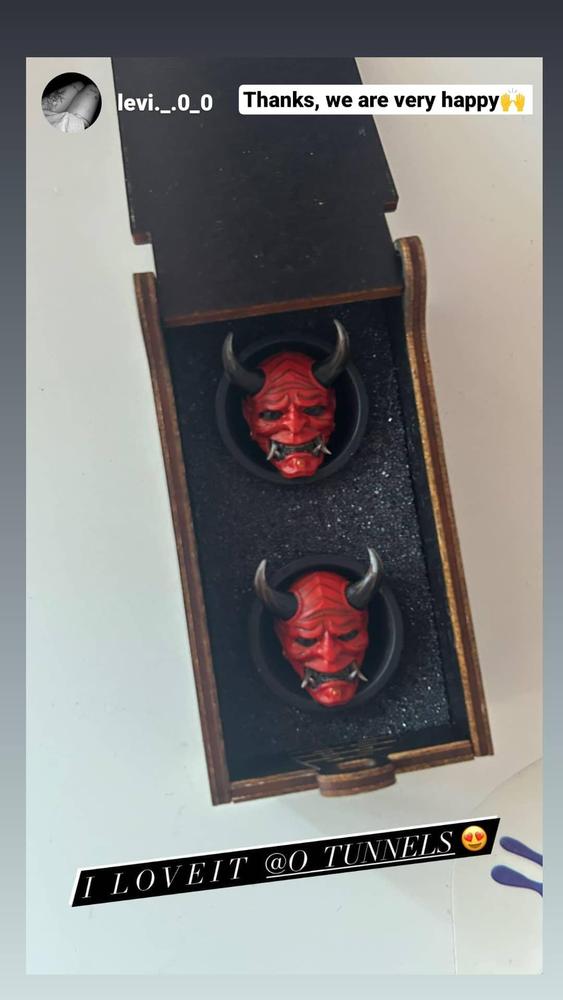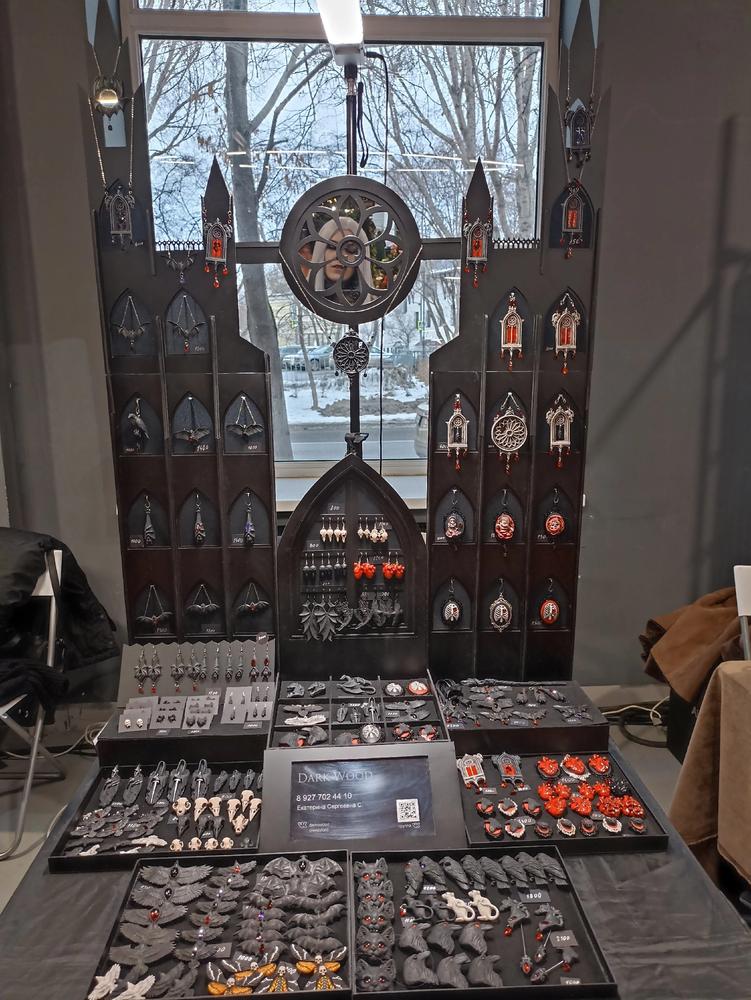Ear stretching, popularly referred to as ear gauging, is not a fresh-from-the-oven trend. Despite seeming like a recent fad, humans have practiced it for millennia. One common snag with this age-old tradition is the blowout – a bothersome scar tissue ring that wraps around the back of your jewelry, making it seem as though your piercing has turned inside out. Not a pretty sight, is it? If you’re an enthusiast or even mildly curious about ear gauging, arm yourself with knowledge on the causes, symptoms, prevention techniques, and treatments of blowouts. Let’s dive right in.
Causes of Ear Blowout
A common misstep that leads to blowouts is rushing the stretching process. The journey of expanding that little hole in your earlobe should be gradual, more marathon than sprint. Rushing can not only lead to blowouts but also other complications like infections or even lobe tears. It’s worth noting that jewelry size measurements vary; in the US, we use gauges (abbreviated as “g”), while some countries favor millimeters. Importantly, remember that as earrings get wider, the gauge size actually decreases. A general thumb rule? Move up one gauge at a time and patiently wait 4 to 6 weeks before graduating to the next size.
Symptoms of an Ear Blowout
Identifying an ear blowout early can make treatment smoother. The prime symptom is a reddened, irritable ring behind the piercing, which might look as though the piercing has inverted. Other signs can range from itchiness and swelling to yellow pus formation – indicators of an infection. Cleanliness is paramount; keeping items like headphones or hats that frequently touch your ears clean can reduce infection risks. And if there’s no improvement in two days, don’t play doctor—consult a healthcare professional.
Preventing the Nasty Blowout
Early intervention is key. Massage can be beneficial in breaking up scar tissue. Spend 5 to 10 minutes daily massaging your earlobes using oils like coconut, jojoba, or tea tree oil. Not only do these oils prevent blowouts, but they also keep your lobes moisturized, thus decreasing the likelihood of painful tears. Start with a larger gauge when first stretching, and remember that beyond a certain size, it’s challenging to revert without surgical intervention.
Treating Blowouts
Got a blowout? No need to panic. Downsize your jewelry, cleanse with saline solution, and if the scar is persistent, consider surgical removal techniques. Keloid scars, in particular, might necessitate surgical intervention. Options vary from laser therapy and silicone sheets to corticosteroid shots.
Proper Ear Stretching Care
The golden rule is patience. Increment your jewelry size gradually, wait between stretches, and keep your lobes hydrated with oils. If there’s pain or bleeding, you’re likely moving too fast, so listen to your body and adjust accordingly.
In a Nutshell
Blowouts are pesky rings that manifest when you stretch too swiftly. The secret sauce to prevent them? Patience and proper care. Wait before increasing sizes and elevate slowly—one size at a go.
Bonus Tips: How to Gauge Your Ears Without Blowouts
For those eager to stretch their ears correctly, ensure you:
- Use the right lubricant. Good choices include Vitamin E, jojoba, or olive oil. Avoid Vaseline.
- Ensure tapers are clean. If using steel or glass tapers, get them autoclaved at a piercing shop.
- Open skin pores with a hot shower to aid elasticity.
- Insert the taper slowly post-lubrication. Hastiness here can lead to blowouts.
- Always have clean jewelry ready. Remember, weight imbalance can result in blowouts, so avoid leaving tapers in.
- Prioritize prevention over cure. If stretching is painful, halt and wait. Any bleeding or infection? Downsize and give your ears a break with saline soaks and oil massages.
Stretching your ears can be a smooth process if done right. Listen to your body, be patient, and always prioritize safety and hygiene. Happy stretching!
























